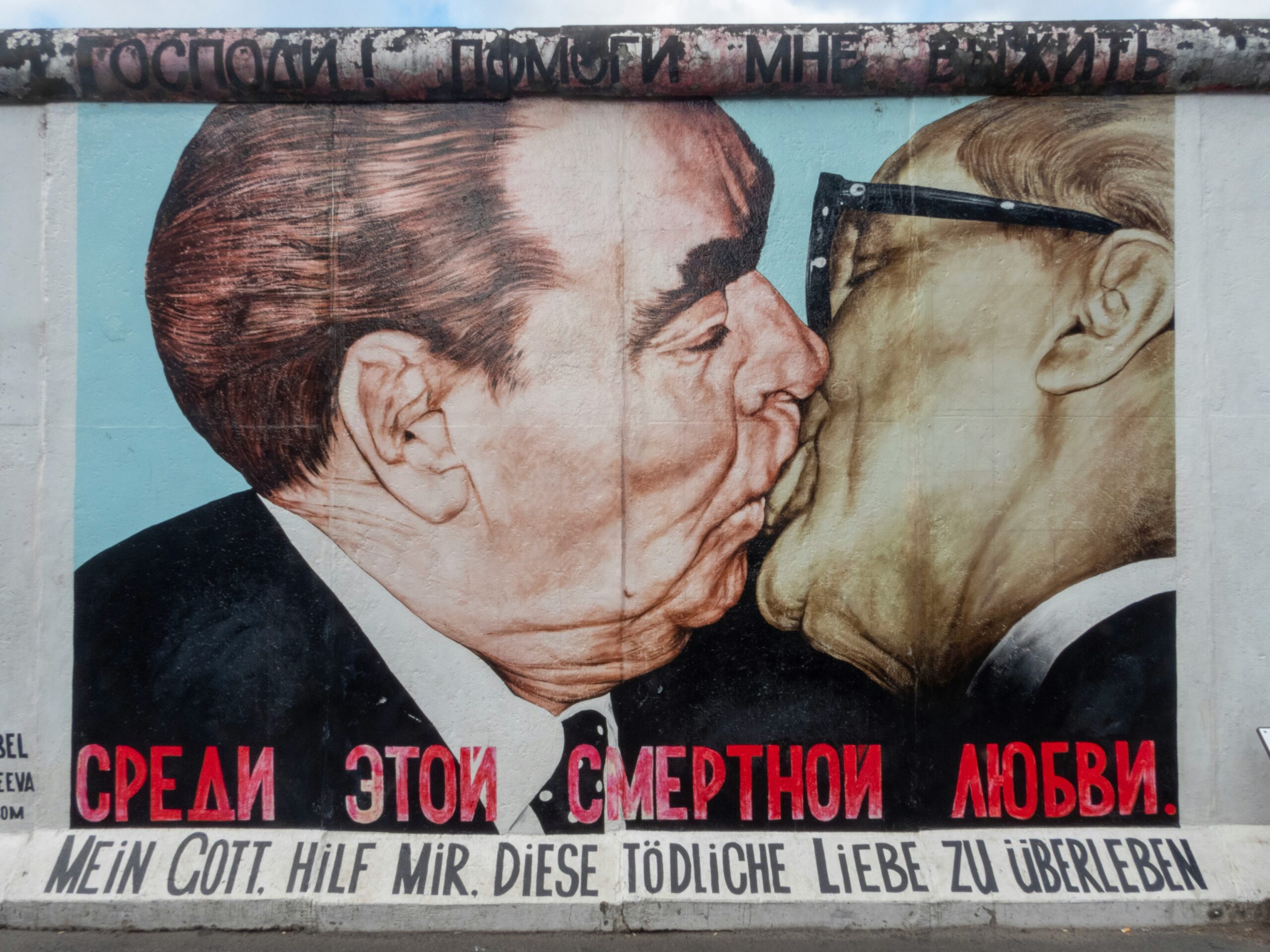The Cold War had a significant impact on America, shaping everything from its foreign policy to the way people lived at home. This sample takes a closer look at how the Cold War influenced U.S. society, offering insights that can help you better understand the broader effects of this global conflict.
This topic could easily become one of the best debate topics for students, sparking lively discussions about nuclear threats, political ideologies, and cultural shifts. It’s also a great starting point for anyone working on dissertations topics in U.S. history or international relations.
If you’re writing an autobiographical essay, reflecting on personal experiences or family stories from the Cold War era could offer a unique perspective on how it shaped lives. This sample can help you explore an era that continues to influence America in ways we still feel today.
The Cold War was a conflict that took place from the end of the 1940s until the beginning of the 1990s. It is one of the most intense events because it drastically changed the United States from not only a political but also a social and cultural perspective. This global deadlock involving the United States and the Soviet Union inevitably shaped America’s foreign and domestic policies. In turn, this caused arms and space races unlike anything before, along with the unfolding of novel political ideologies and noteworthy shifts in cultural norms (Sherry). Having said that, the Cold War created a pervasive atmosphere of ideological rivalry, thereby defining American foreign policy and transforming its home culture, economic priorities, and social structures.
Ever since the inception of the Cold War, the root of the issue was an ideological clash. Namely, the United States promoted liberal and democratic ideals, while the Soviet Union advanced a communist vision. Led by this difference, the United States decided to combat communism around the world through political commitments like the Truman Doctrine and the Marshall Plan. While initially presented as financial policies, they, in fact, set the tone for the foreign policies that America would continue to establish for decades to come. These commitments also determined the nation’s strategic alliances, including affiliations with the North Atlantic Treaty Organization (NATO), among other organizations, and its contribution to the heated arms race that undoubtedly marked this period.
In addition to guiding America’s foreign policy, the Cold War also considerably influenced the domestic sphere of the nation. One of the most telling instances of this was the rise of McCarthyism. To be specific, this movement emerged during the 1950s and capitalized on the widespread fear of communism that had infiltrated America’s institutions. Politicians, civil servants, actors, and writers alike were constantly scrutinized and boldly accused of communist sympathies and even of being members of the Communist Party.
What is more, the Cold War also played a role in fueling surprising scientific and technological developments. More precisely, in 1957, the Soviet Union launched Sputnik. In doing so, it propelled the space race, pushing the United States to establish its National Aeronautics and Space Administration (NASA) and motivating the nation to finally make science education a priority in public schools (Uri). Endeavors of this kind spurred innovations that would eventually greatly help American society in a number of fields from medicine to communication.
In addition, American culture and social life were affected by the environment of the Cold War to a considerable extent. Specifically, films, novels, television shows, and other popular culture media commonly portrayed antagonists and scenarios from the Soviet side in a way marked by international intrigue and nuclear disasters. This approach reflected the country’s preoccupation with the potential threat of annihilation. At the same time, consumer culture flourished, which was partly a side effect of the United States’ ongoing desire to illustrate the capitalist system’s superiority over Soviet communism.
On a final note, the Cold War conflict fundamentally shaped various American domains, including decisions pertaining to foreign policy, the political climate at home, cultural dynamics, and technological progress. From international relations and the rise of McCarthyism to the space race and the lasting impact on popular culture, the era surrounding the Cold War has left an indelible mark on the country. In that sense, the Cold War’s ideological rivalry was so pervasive that its atmosphere defined American global views and transformed its domestic culture, economic resource allocation, and social attitudes.
Works Cited
Sherry, Bennett. “Arms Race, Space Race.” Khan Academy, https://www.khanacademy.org/humanities/whp-1750/xcabef9ed3fc7da7b:unit-8-end-of-empire-and-cold-war/xcabef9ed3fc7da7b:other-materials-u8-1750/a/arms-race-space-race. Accessed 12 March, 2025.
Uri, John. “65 Years Ago: The National Aeronautics and Space Act of 1958 Creates NASA.” NASA, 26 July, 2023, https://www.nasa.gov/history/65-years-ago-the-national-aeronautics-and-space-act-of-1958-creates-nasa/. Accessed 12 March, 2025.
To wrap up, the Cold War had a massive impact on the United States of America.
Understanding this period helps us make sense of many of the global and national issues we
now face.
For students who want to pursue a career in law enforcement and are looking for
the best schools for criminal justice, it’s a great topic to explore because there’s a lot
to unpack about how the Cold War influenced national security and law. If you’re researching
or writing about it, remember that knowing how to cite a podcast in-text is crucial,
especially when using media sources for a project or paper. Whether you’re studying it for a
class, writing a paper, or just curious, the Cold War remains an essential piece of American
history that continues to shape the world today.
Photo by Nick Fewings from Unsplash

Leave a Reply